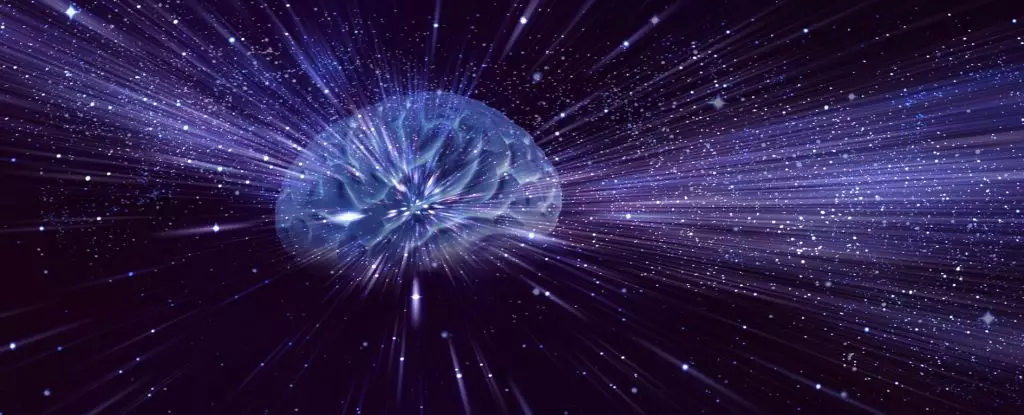The exploration of space has long captured human imagination, serving not only as a frontier for discovery but also as a unique laboratory for scientific research. A remarkable phenomenon occurred in 2019 when researchers from the United States sent human neural tissue organoids, colloquially known as minibrains, to the International Space Station (ISS) for an unprecedented investigation into the effects of microgravity on brain cells. Their unexpected survival and accelerated maturation have opened new avenues for understanding neurodegenerative diseases and may revolutionize biomedical research on Earth and beyond.
The Journey of Minibrains to Space
The research endeavor was spearheaded by molecular biologist Jeanne Loring and her colleagues at the Scripps Research Institute. These minibrains, created from human induced pluripotent stem cells, were divided into two groups: one stayed on Earth, while the other embarked on a month-long journey in low-Earth orbit. This ingenious experiment was not merely a curiosity; it stemmed from a desire to understand how microgravity might influence human cells, especially those affected by conditions such as Parkinson’s disease and multiple sclerosis.
The organoids from healthy donors and patients were cultivated to replicate specific types of neurons, vital for studying the intricacies of neurodegenerative diseases. This dual approach allowed researchers to glean insights into how both normal and affected cells respond under conditions that are far removed from Earth’s gravity.
Upon the return of these organoids to Earth, scientists were astonished to find they had not only survived but thrived during their time in space. More importantly, there were notable differences between the space-faring organoids and their Earth-bound counterparts. The research showed that while the organoids in space had matured at a faster rate, they demonstrated a slower rate of cell proliferation. This counterintuitive result highlights a complex balance between growth and development influenced by the unique conditions of microgravity.
This observation suggests that microgravity might provide a more conducive environment for the organoids to develop in ways that are more reflective of actual brain function. Jeanne Loring remarked that the conditions of microgravity might replicate the less dynamic environment of the human skull, where neurochemical interactions might occur in a less turbulent medium than what is possible on Earth.
The gene analysis performed on the two groups of organoids uncovered further fascinating insights. The organoids exposed to microgravity expressed a different set of genes compared to those on Earth, with particular emphasis on genes associated with maturation. In contrast, the space-grown organoids exhibited a decreased expression of stress-related genes, which hints at a potential resilience to conditions that would typically induce stress in neural cells on Earth.
This finding raises important questions about the application of microgravity in biomedical research. If the lack of convection in space allows for a more stable environment for the organoids, it could lead to a better understanding of how brain cells adapt to stressors. Exploring these adaptations could have profound implications for developing new therapies for neurodegenerative diseases, offering potential pathways to model human conditions more effectively.
Future Research Directions: Understanding Neurodegeneration in a New Light
The success of sending human minibrains to the ISS has set the stage for exciting future research projects. Scientists plan to explore regions of the brain that are severely impacted by Alzheimer’s disease and understand how neuronal connectivity may differ in the unique conditions present in space. As Loring noted, the landscape of neuroscience is rapidly evolving due to this groundbreaking work, emphasizing that experimentation and observation must guide scientific inquiry in this uncharted territory.
Moreover, researchers see the ISS as a platform for drug development and disease modeling that could yield vital insights not only for astronauts but also for people on Earth. The potential benefits of simulating conditions that closely resemble those found inside the human skull could catalyze breakthroughs in treating various neurological disorders.
The surprising results from the experiment with human minibrains aboard the ISS underscore a pivotal moment in the intersection of neuroscience and space research. The findings challenge existing paradigms of our understanding of brain biology and present a unique opportunity to harness the unusual conditions of space for significant advancements in neurobiology. As we continue to push the boundaries of human exploration and scientific inquiry, the implications of this research could change the landscape of medicine and our understanding of the human brain itself. The journey of minibrains into the cosmos not only expands our knowledge but also opens doors to innovative approaches for addressing some of the most pressing health issues facing humanity today.


Leave a Reply